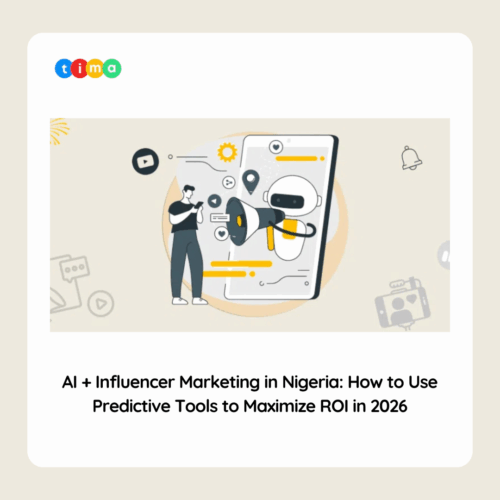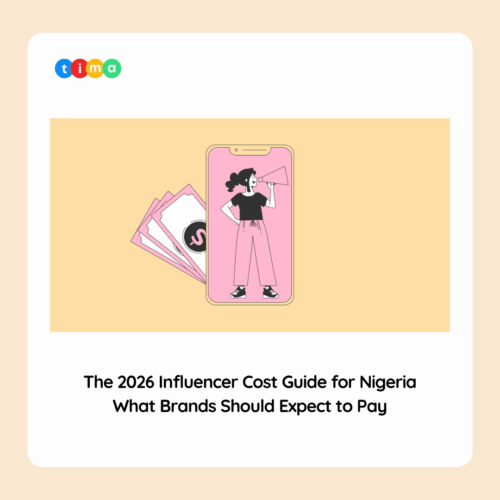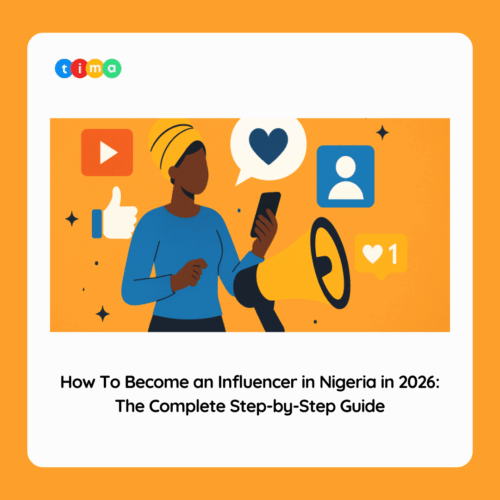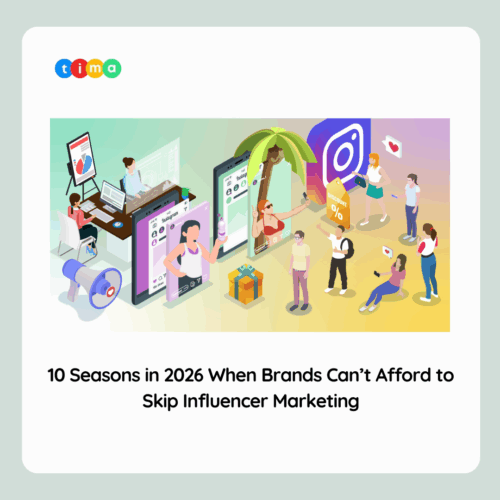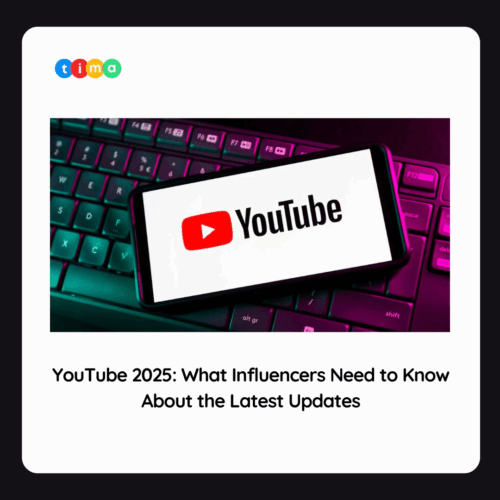As 2024 draws to a close, it’s time for influencers and marketers alike to start planning for 2025. Social media reports are key to this process, helping you assess past performance and set intentional goals for the year ahead. Here, we’ll break down what a social media report entails, why it’s essential for growth, and how you can make the most of it to boost your social media strategy.
What Is a Social Media Report?
A social media report provides a snapshot of your performance across social platforms. It evaluates your progress toward goals, highlights key metrics, and offers actionable insights based on the content you’ve shared. A well-crafted report helps you understand what resonates with your audience and how to optimize your strategy moving forward. Monthly, quarterly, or yearly, these reports provide a window into the health and impact of your social efforts.
Why Are Social Media Reports Essential?
Social media reports serve several functions. They:
- Track Progress: They help you assess how well your strategy aligns with your goals.
- Uncover Insights: Reports reveal what content works best for your audience, allowing you to make data-backed decisions.
- Highlight Experiment Outcomes: Whether you’ve run campaigns, A/B tested content, or tried new strategies, reports offer a structured way to analyze the results.
- Identify Trends: They bring out patterns that show if seasonality impacts your content or engagement.
- Set Direction: Reports provide the foundation for the adjustments you’ll make in the coming months.
With a clear understanding of how your content performs, you’ll be better equipped to refine your social media strategy and set a path for future growth.
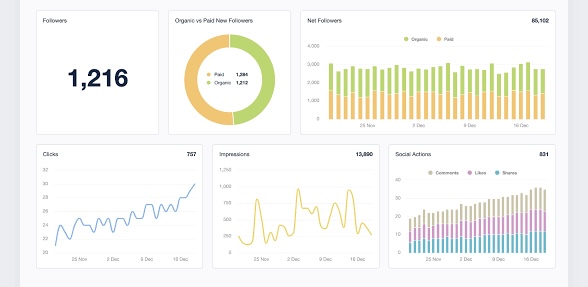
What to Include in Your Social Media Report
Here’s a breakdown of the core elements every social media report should contain:
1. Summary
Start with a brief summary of the month’s performance, noting standout achievements and areas for improvement. This provides a quick overview for clients or team members who may not have time to go through the entire report.
2. Key Metrics
Provide a rundown of your key metrics. Compare them against your goals and any relevant KPIs, offering context that highlights growth and areas needing attention. Metrics to consider include:
- Impressions and Reach
- Engagement Rate (likes, comments, shares)
- Click-through Rate and Link Clicks
- Profile Visits and Follower Growth
Keep in mind that some stakeholders may not be familiar with social media jargon, so it’s wise to offer clear explanations where needed.
3. Top-Performing Posts
Identify your highest-performing posts and analyze why they stood out. Did they align with a trending topic, include captivating visuals, or contain a specific call-to-action that resonated with your audience?
4. Community Insights
Evaluate the feedback and conversations happening within your social community. Comments, direct messages, and general feedback are invaluable for understanding audience sentiment and identifying trends in their interests.
5. Campaigns
If you’ve run specific campaigns, such as a product launch or brand collaboration, provide details on how these initiatives performed. How did the campaigns drive engagement, conversions, or awareness?
6. Strategy Updates
Discuss any strategy changes made in the past month. Did you experiment with new formats or content styles? If so, highlight the outcomes and learnings from these changes.
7. Action Plan for Next Month
Finally, outline your goals and the steps you’ll take to achieve them. Note what you’ll be tracking in the coming month and any specific strategies you’ll employ to meet your objectives.
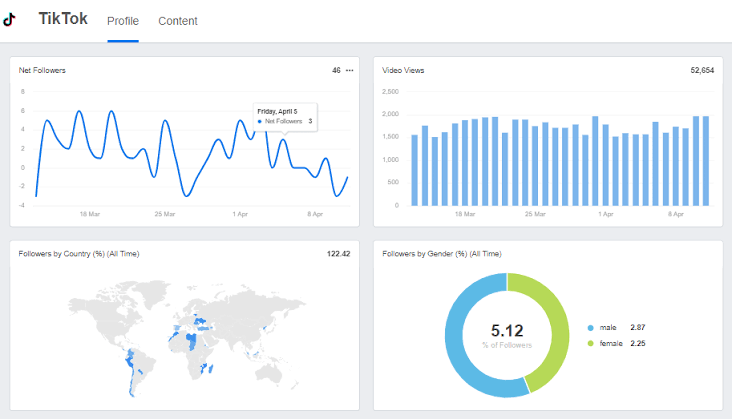
Recommended Tools for Social Media Reporting
Creating a social media report manually can be time-consuming, but there are plenty of tools available to simplify the process. Here are a few of the best:
- Later Social: This tool provides analytics across multiple social platforms and offers scheduling, content drafting, and engagement features.
- SparkToro: Ideal for audience insights and engagement tracking.
- Zoho Social: A user-friendly platform that tracks a wide range of metrics.
- Keyhole: Great for tracking social media campaigns and hashtag performance.
Each of these tools offers unique features that can make the process of reporting easier and more insightful, allowing you to focus on strategy instead of data collection.
How to Create a High-Impact Social Media Report
Ready to create your report? Here’s a streamlined approach to help you build a report that drives action:
Step 1: Set Your Social Media Goals
Before diving into metrics, outline your goals. Make sure they’re SMART: Specific, Measurable, Achievable, Relevant, and Time-sensitive. This framework will guide you in tracking and interpreting results.
Step 2: Select Key Metrics to Track
Choose metrics that align with your goals. For example, if brand awareness is your goal, prioritize reach and follower growth metrics. For driving website traffic, track link clicks and conversions.
Step 3: Provide a Snapshot of Progress
Include a high-level overview of your progress for the month. Metrics like engagement rate, follower growth, and session counts offer a quick glance at your current standing.
Step 4: Add Detailed Performance Metrics
This is the heart of your report. Break down your analytics by platform and content type (e.g., Instagram Reels vs. Instagram Stories). For a clearer picture, consider segmenting your data by organic and paid results.
Step 5: Summarize Key Insights and Takeaways
At the end of each report, summarize what you learned, including:
- Wins: What strategies or content types worked well?
- Challenges: Where did engagement or reach fall short, and what adjustments could address this?
- Opportunities: Are there upcoming trends, holidays, or content opportunities that you can leverage?
Presenting Your Social Media Report
Once you’ve compiled your report, you can deliver it in a variety of formats. Google Slides or PowerPoint are popular options for presenting to clients or teams. Consider saving it as a PDF for easy sharing and archiving.
Creating a routine monthly report helps keep everyone aligned and provides a structured way to track ongoing progress. Social media evolves quickly, and regular reporting ensures your strategy evolves with it, setting the foundation for a successful 2025.
TIMA often runs exclusive campaigns with top brands, giving creators the chance to participate in high-visibility projects. These campaigns not only boost your credibility as a creator but also provide you with content for your portfolio that can help you land future collaborations. Joining an influencer network that offers these opportunities can be a game-changer for your growth strategy.


